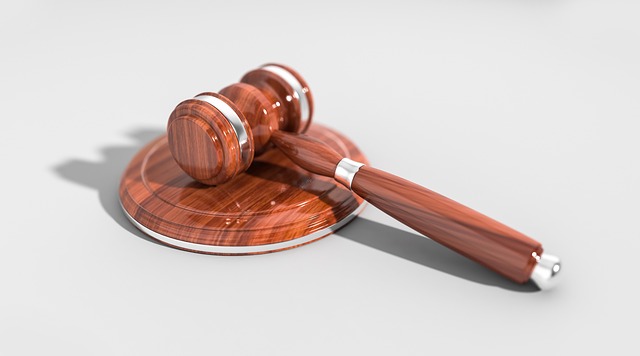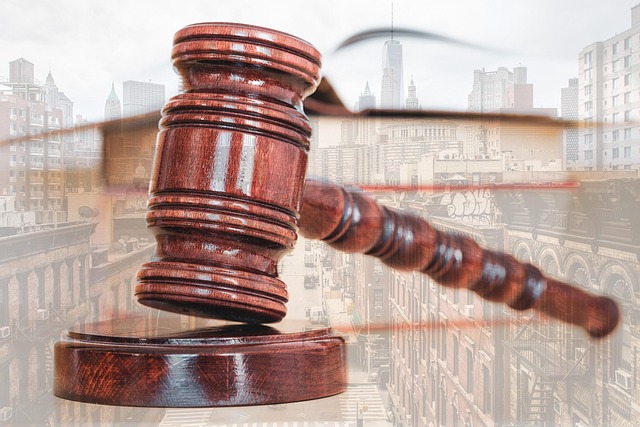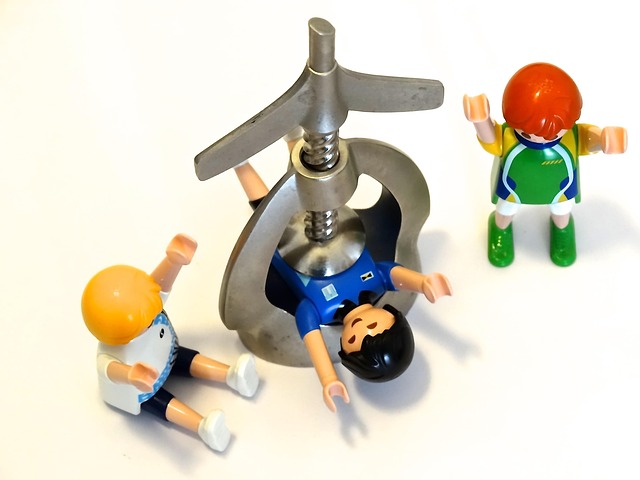Pedestrian accident settlements offer financial relief and justice, covering medical expenses and lost wages through legal action against responsible parties. The process involves understanding liability, negligence, and damage assessment, leading to negotiations or a court trial. Victims must weigh the benefits and drawbacks of a settlement versus court action, considering medical malpractice complexities and liability proof. Ensuring any agreement is fair and comprehensive is crucial for compensating injuries, medical costs, and emotional trauma without compromising rights.
When involved in a pedestrian accident, understanding your options is crucial. While many cases settle out of court, going to trial offers a chance for full compensation. This article delves into the intricacies of pedestrian accident settlements and court trials, weighing the pros and cons of each path. From the moment of impact to verdict, we explore how to make an informed decision that best suits your needs, ensuring you receive the justice and compensation you deserve for your injuries.
- Understanding Pedestrian Accident Settlements: An Overview
- The Pros and Cons of Going to Court for Pedestrian Accident Cases
- Making an Informed Decision: Settlement vs. Trial Comparison
Understanding Pedestrian Accident Settlements: An Overview

Pedestrian accident settlements are financial compensations offered to individuals who have suffered injuries or losses due to accidents involving pedestrians and vehicles. These settlements play a crucial role in providing relief and justice for victims, helping them cover medical expenses, lost wages, and other associated costs. When a pedestrian is involved in an accident, they may choose to pursue legal action against the responsible party, typically the driver or vehicle owner, to secure a settlement.
Understanding the process of seeking a pedestrian accident settlement involves grasping key concepts like liability, negligence, and damage assessment. In many cases, these settlements are reached through negotiations between the victim’s attorney and the defendant’s insurance representative. If an agreement cannot be mutually reached, the matter may proceed to a court trial, where a judge or jury will decide the outcome based on evidence presented by both parties. This overview highlights the importance of knowing one’s rights and options in the event of a pedestrian accident, especially when considering potential avenues for financial compensation, including breach of contract claims related to insurance agreements in cases like truck accident injuries.
The Pros and Cons of Going to Court for Pedestrian Accident Cases

For many victims of pedestrian accidents, the decision between pursuing a settlement and going to court can be challenging. Court trials offer a chance for a thorough presentation of the case, allowing both parties to lay out their versions of events and introduce evidence. This process can lead to a more precise determination of liability and damages, potentially resulting in a fairer outcome for the victim. However, it’s important to note that court trials are often lengthy, costly, and unpredictable. Legal fees can accumulate, and the final compensation might be lower than what could have been achieved through alternative means.
Additionally, the public nature of a trial might not be appealing to those seeking privacy. There’s also the risk of an insurance company delaying or denying a claim, leading to further legal battles. In such cases, a pedestrian accident settlement can offer a quicker, more discreet resolution. It allows victims to access compensation for their car accident injuries and wrongful death claims without the extensive process and potential financial burden of a trial. While settlements might not always cover all aspects of insurance coverage disputes, they provide a certain level of certainty and control over the outcome.
Making an Informed Decision: Settlement vs. Trial Comparison

When facing a pedestrian accident, victims often find themselves at a crossroads between accepting a settlement offer and proceeding with a court trial. Making an informed decision is crucial in navigating this challenging situation. While a settlement can provide quicker access to compensation, it may not always reflect the full extent of one’s injuries or the breach of fiduciary duty by negligent parties. On the other hand, a trial offers a chance for thorough investigation and the opportunity to hold accountable those responsible for causing harm.
In considering these options, victims must weigh the potential benefits and drawbacks. A settlement can be beneficial when the medical malpractice involved is complex and proving liability might be difficult in court. However, it’s essential to ensure that any agreement doesn’t compromise your rights or the fairness of compensating for car accident injuries and related damages, including physical pain, medical expenses, and emotional trauma.
When deciding between a pedestrian accident settlement and a court trial, understanding the benefits and drawbacks of each option is crucial. While a court trial offers the chance for a comprehensive resolution and potential substantial compensation, it’s often lengthy, costly, and unpredictable. In contrast, settling out of court provides quicker, more certain results, allowing victims to access compensation faster and avoid the stress of litigation. Ultimately, the best choice depends on individual circumstances, but recognizing the advantages of pedestrian accident settlements can be a wise decision for those seeking efficient and effective justice.






